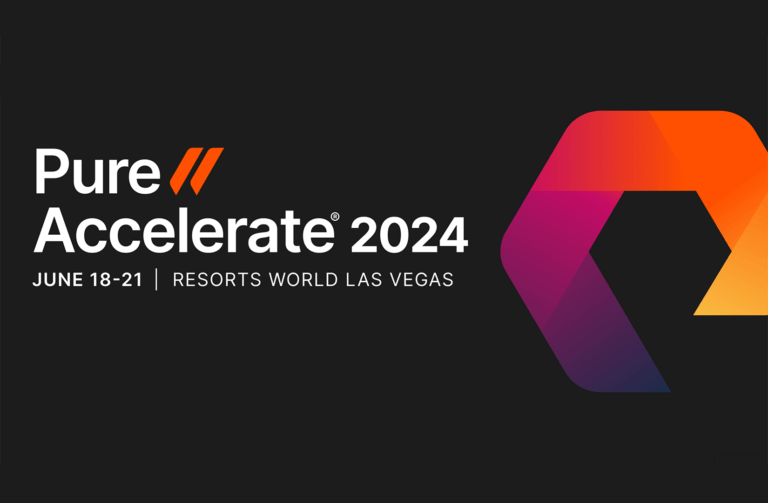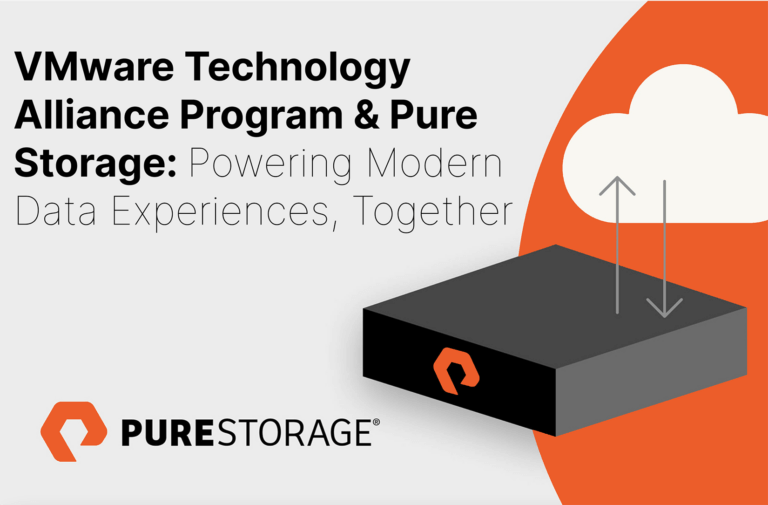What makes the IDC MarketScape report special is that it represents well-researched IDC judgment about the market and specific vendors. IDC is a leading provider of market intelligence, and its quarterly storage tracker is an essential planning tool widely adopted by IT organizations and vendors alike. Building on its storage market expertise, IDC conducts user interviews, buyer surveys, and in-depth vendor discussions along with leveraging the input of a review board of IDC experts to formulate an accurate assessment of each vendor. The findings in this report are profoundly valuable to IT buyers, especially given the disruptive impact that flash memory and the cloud model are having on the storage market landscape.
Three Key Observations with Flash
- AFAs will dominate primary storage spend in the enterprise by 2019.
Two primary forces are driving change in the data center: increased business dependence on software applications and the cloud model. Businesses are increasingly dependent on their applications to drive revenue, analytical insights, better customer experience, and enable new business models. Application speed can mean a competitive advantage or disadvantage. Flash liberates the application speed from the architectural limitations of mechanical disk. On the IT side, the cloud model demands that IT plumb simplicity and agility to support ever-changing business needs, and drive cloud economics to align with IT budgets. While disk architectures are burdened with decades of accumulated complexity, AFAs (at least the Pure Storage FlashArray) deliver unprecedented simplicity and agility along with efficiency (data reduction, smaller footprint, lower power & cooling, etc.) that is possible with flash. In fact, at Pure, we see that customers buy their 1st FlashArray for performance, and their 2nd thru the Nth FlashArray for simplicity. With Big Storage now “leading with flash,” the inevitable shift from disk for primary storage to 100% flash is accelerating and IT buyers are realizing that in 2016, investments in disk aren’t investments in the future. - AFAs have moved away from dedicated application deployment models and more toward mixed workload consolidation.
2015 was certainly a year where we saw customers shifting to Tier1 workload consolidation on their AFAs. The “AFA recipe” that is well understood by now is more important than ever before for enabling mixed workload consolidation and forming the all-flash foundation for cloud. While incumbent vendors added “checkbox-level” features and grew their AFA installed base, in many cases through bundling, maintenance forgiveness or excessive discounting, they struggled to deliver on important innovations such as comprehensive data reduction for mixed workloads, Tier1 resiliency with 100% performance, and end-to-end simplicity – forcing compromises that thwart customers’ initiatives for transforming their business and their IT. As IT buyers evaluate AFAs, they should look beyond basic performance and feature checkboxes, and seek to understand the true efficiency and operational simplicity of AFAs in their “real-world” mixed workload, and increasingly cloud-centric environment. - Pure was recognized as a “leader.”
This is a reflection of our continued innovation and execution across all dimensions (product, management and support, business model, and overall customer experience) that culminated in a ground-breaking achievement in 2015 – the highest enterprise technology NetPromoter score ever certified by Satmetrix – 79, making Pure the #1 recommended technology vendor, as measured by the Satmetrix 2015 Global B2B Benchmarks. In 2015, we built upon our software leadership and hit the gas on innovation: we introduced purpose-built hardware with FlashArray//m, cloud-based management with Pure1, predictive support with Pure1 Global Insight, all-flash converged infrastructure for Oracle and SAP, and cloud-like ownership model with subscription to innovation with Evergreen Storage. MarketScape report sums up Evergreen Storage by stating “Pure handles generational upgrades and investment preservation like no other company…”
Of course, our success in the marketplace and recognition in the IDC MarketScape report wouldn’t be possible, if it wasn’t for our customers and partners. Thanks to them for demonstrating thought leadership and continuously pushing us to innovate.
We hope you will take the time to read the excerpt of the IDC MarketScape report, and encourage you to learn more by joining us at Pure//Accelerate. Current and future technology and business leaders will come together at Pure//Accelerate to share their knowledge, experiences, successes and challenges about issues that matter. You will learn about accelerating your cloud, your applications, and your flash future.
*IDC MarketScape vendor analysis model is designed to provide an overview of the competitive fitness of ICT suppliers in a given market. The research methodology utilizes a rigorous scoring methodology based on both qualitative and quantitative criteria that results in a single graphical illustration of each vendor’s position within a given market. The Capabilities score measures vendor product, go-to-market and business execution in the shortterm. The Strategy score measures alignment of vendor strategies with customer requirements in a 3-5-year timeframe. Vendor market share is represented by the size of the circles. Vendor year-over-year growth rate relative to the given market is indicated by a plus, neutral or minus next to the vendor name.





